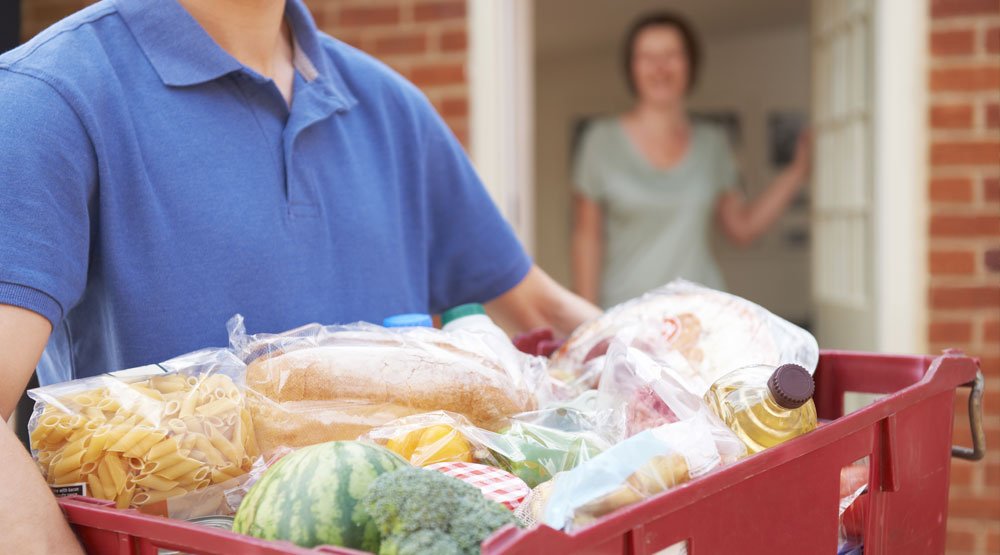A 2020 report estimated that between four and 13% of the general population are food insecure. As many have documented, food insecurity can serve as a precursor both to poverty and to chronic disease.
Where do we stand today on food insecurity?
In August 2022, the ‘Taking the Pulse of the Nation’ (TTPN) survey by Melbourne Institute and Roy Morgan asked respondents three questions related to whether during the previous three months they: (1) had missed a meal due to lack of money; (2) eaten less than they thought they should due to lack of money; (3) or a member of their family had received free groceries or meals from a food bank, charity or other place that provides free food.
“Identifying food insecurity as having skipped meals, eating less, or both skipped meals and eating less, the rates we observe in the TTPN far exceed previous estimates of 13% across all states,” says Melbourne Institute of Applied Economic and Social Research Senior Research Fellow Dr. Ferdi Botha.
As detailed further, food insecurity is substantially higher for those aged 18 to 44, women, those reporting high levels of financial stress, and singles both with and without children.
Adults aged 18 to 44 are reporting the highest levels of food insecurity
Close to 45% of young adults aged 18 to 24 report some level of food insecurity (Figure 1 – see Melbourne Institute TTPN website portal). “Of this, more than half stated that they have been eating less and have also skipped at least one meal over the past three months,” Dr Botha said.
“Approximately 30% of those aged 25 to 34 – and close to 27% of those aged 35 to 44 – also reported some level of food insecurity. Among those aged 45 and older, the level of food insecurity drops to less than 15%.”
Rates of food insecurity are high in most states, with uniformly higher rates for those aged 18 to 44
Tasmania ranks highest in terms of the prevalence of reported food insecurity, followed by New South Wales, Queensland and Victoria (Figure 2 – see Melbourne Institute TTPN website portal).
“Respondents in all four of these states reported high rates of eating less or a combination of both eating less and skipping a meal. Among adults aged 18 to 44 – even in states with lower levels of food insecurity such as SA and WA – food insecurity rates exceed 20%,” Dr Botha said.
Food insecurity differs by financial stress, gender and family composition
Individuals reporting financial stress (making ends meet or worse) also reported the highest level of food insecurity (Figure 3 – see Melbourne Institute TTPN website portal).
“More than 60% of those facing financial stress reported higher levels of food insecurity than those who are financially comfortable. Of those aged 18 to 44, close to 70% of those reporting high levels of financial stress also reported food insecurity issues,” Dr Botha said.
“Women were more likely to report both eating less and skipping meals (12.2% for women and 8.6% for men), especially for those aged 18 to 44 (19% for women and 14.5% for men). Single respondents with children living at home reported high levels of food insecurity (over 45%) followed by single respondents with no children at home.”
Despite high levels of food insecurity, receiving free groceries or meals is relatively low
While a high proportion of respondents have reported missing a meal and/or eating less for financial reasons, few of these respondents have received free food or meals (Figure 4 – see Melbourne Institute TTPN website portal).
“Except for Tasmanian respondents aged 18 to 44, the reported rate generally ranges from three to eight per cent. Ten per cent of single respondents with children report having received free food, but with a food insecurity rate of 45%, this is quite low,” Dr Botha said.
“We do not know the full level of services available in each community in terms of providing free food or meals. As such, we do not know the reasons for not seeking out food – whether it’s due to a lack of services, or not wanting to ask for help.
“These low rates, however, suggest that we should be doing more to address ongoing concerns about food insecurity. Food price inflation has been increasing in Australia. In the second quarter of this year it increased to 5.9%, representing the fastest rise in food prices since the third quarter of 2011,” he said.
“The findings from the TTPN survey data highlight that just as financial stress remains an issue for many, we should acknowledge food security is an issue in Australia that requires more attention. These findings suggest we may have a serious emerging issue of food insecurity in Australia.”
Author: Dr. Ferdi Botha, Senior Research Fellow, Melbourne Institute: Applied Economic & Social Research and Ronald Henderson Professor, 6 October 2022.





